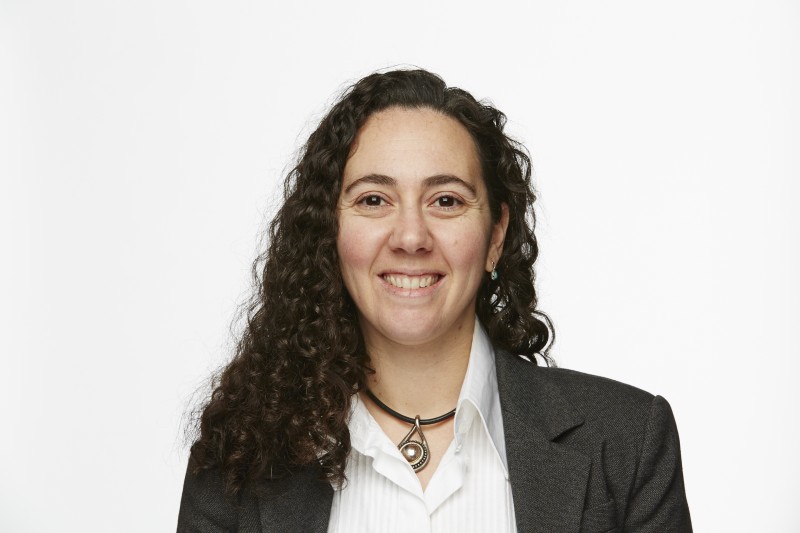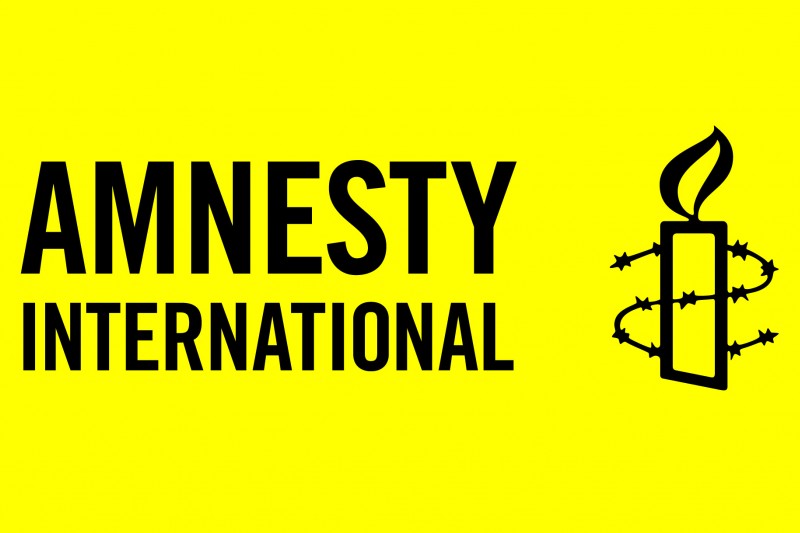How what was created as a weapon of war became a way to pacify protestors.
The Research
Tear gas has been known as a weapon of fear and submission since its invention. In its various forms it causes eyes and skin to burn, chokes its victims and as the name suggests creates temporary blindness though tears. The effects are not just physical; it is designed to provoke confusion, panic and terror.
Researchers at Bournemouth University have been examining the use, and abuse, of tear gas from its first use in the trenches of the First World War to its modern use by law enforcers to subdue marches, riots and protests throughout the world.
Though it has since been banned from use in war under the Chemical Weapons Convention, its use in civilian situations is increasing. In many countries tear gas is a very common response to non-violent protest, though less so in the UK, it continues to be the pacifier of choice, along with water cannon and rubber bullets, for police forces across the globe.
The research into tear gas emerged from previous inquiries into the nature and need for protest as an alternative form of political expression. Working with Non-Governmental Organisations (NGOs), such as Amnesty International, researchers are mapping how and where tear gas is used today and raising awareness of the damage it can do – to people’s health and to their political freedom.
In September the team launched RiotID, a civic media project helping people identify, monitor and record the use of riot control agents against civilians. In spring, the project’s lead researcher Dr Anna Feigenbaum will be publishing a book on the history of tear gas, looking at how it’s used by police against protestors over the last 100 years.
The Academic
Dr Anna Feigenbaum, Senior Lecturer in Digital Storytelling
“I’ve been involved in protest causes since I was a teenager. I’ve always been drawn into social justice and not been very good with authority; so I think the combination of those two things leads you pretty quickly into protest.
"As we have seen recently with migration control on the EU border, the gap between how police are advised to use tear gas and how they actually use it is increasing. This causes danger to civilians. Our research aims to help close this gap by increasing the monitoring and regulation of tear gas.”
The Student
Daniel Weissman, PhD student
“The Research Assistant role for the Datalabs project was a great opportunity to get involved in research from the conceptualisation of a project to the final stages. It was a great feeling finally being able to apply all those things that I have learned during my Politics and Media degree. What I enjoyed most was the possibility to connect projects I was familiar with, like the tear gas research, with data-visualisation and data-storytelling, something I haven’t come across previously. It is amazing how the Datalabs project has such an impact on other research projects and the way they are visualised and communicated.”
The Impact
Patrick Wilcken, Researcher - Arms Control, Security Trade and Human Rights Global Thematic Issues Programme International Secretariat
Amnesty International
"The use and often misuse of law enforcement equipment in the context of policing public assembly has emerged as a key issue for Amnesty International's research and advocacy work. Over the last two years, AI has produced reports on Turkey, Greece, Spain, Brazil, Venezuela, the United States in which excessive use of tear gas and other chemical irritants has emerged as a central issue. Bournemouth University's work on this area is crucial for furthering our understanding of the effects of tear gas, tracking its trade and combatting its misuse."


